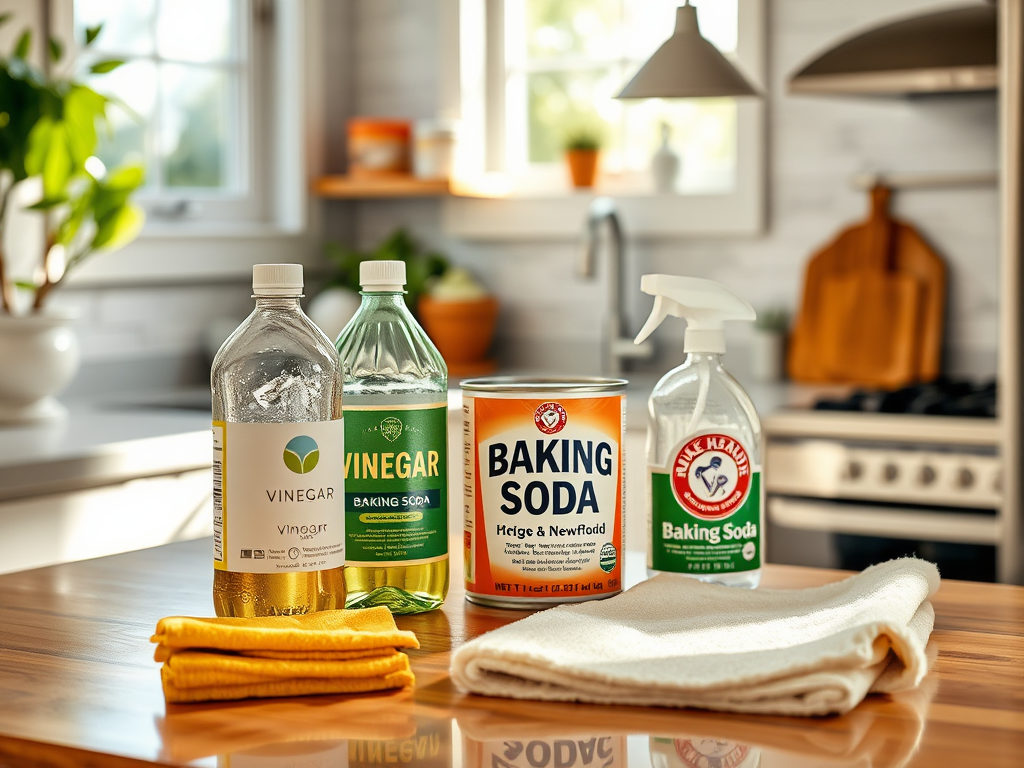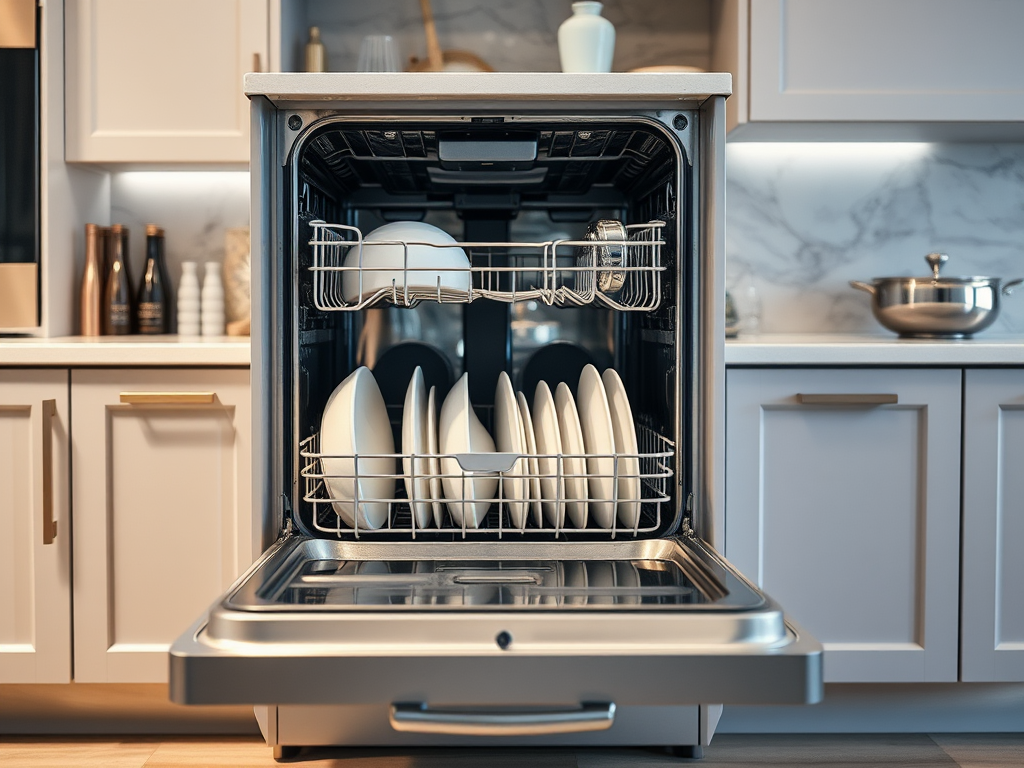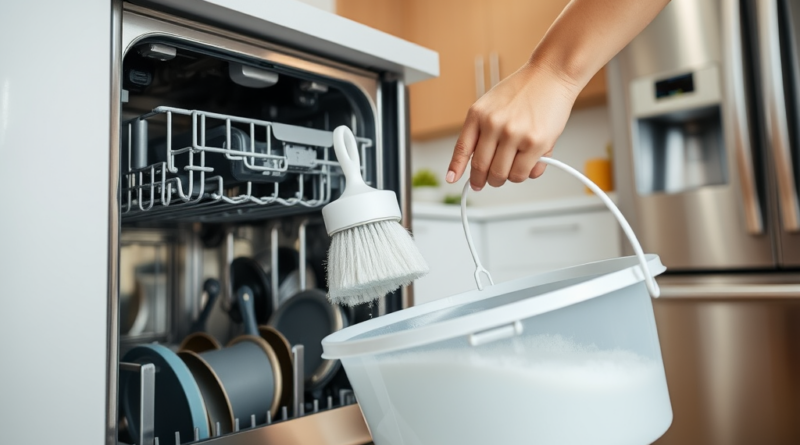Deep Cleaning Beyond the Filter: What Else to Clean in Your Dishwasher
Your dishwasher is an unsung hero in the kitchen, tirelessly working to keep your dishes sparkling clean. However, just like any appliance, it requires a little TLC to keep performing at its best. Many homeowners focus solely on the filter when it comes to cleaning, but this is just the tip of the iceberg. Hidden within the nooks and crannies of your dishwasher are other components that can greatly benefit from deep cleaning. Understanding these areas is crucial, especially to enhance the longevity and efficiency of this essential appliance. In this guide, we will delve into the various parts of your dishwasher that deserve attention beyond the filter, ensuring you get the most out of every cycle.
Deep cleaning your dishwasher serves multiple purposes: it eliminates stubborn food remnants, neutralizes odor-causing bacteria, and even enhances the overall washing performance. By taking time to clean not just the surface areas, but the internal mechanisms as well, you can prevent future issues and enjoy cleaner dishes. Cleaning may seem like a mundane chore, but a well-maintained dishwasher can save you from costly repairs and replacements down the line. And let’s face it, there’s nothing more satisfying than opening a clean dishwasher and seeing your dishes emerge spotless and fresh. With a few simple steps, you can ensure your dishwasher remains a reliable partner in your culinary endeavors.
The Importance of Regular Deep Cleaning

Deep cleaning your dishwasher goes beyond routine maintenance tasks. It can prevent unpleasant odors, improve cleaning efficiency, and extend the life of the appliance. If you’ve ever noticed an off-putting smell when you open the door or found dishes coming out with food particles still stuck, it might be time for a thorough clean. Understanding how to effectively clean your dishwasher can save you money down the line and improve your overall appliance experience. In the sections ahead, we will explore areas that often get overlooked, such as the spray arms and door seals.
Cleaning the Spray Arms

The spray arms play a crucial role in ensuring your dishes come out clean. Over time, debris and food particles can clog the spray nozzles, hampering their ability to disperse water evenly. This can lead to ineffective cleaning cycles, resulting in dirty dishes. Therefore, cleaning those spray arms is a must during your dishwasher deep cleaning routine. Below is a quick guide on how to efficiently clean the spray arms.
- Remove the spray arms according to your dishwasher’s instructions.
- Rinse them under warm water to remove loose debris.
- Use a toothpick or a small brush to clear any clogged nozzles.
- Reattach the spray arms and test them during an empty cycle.
Inspecting and Cleaning Door Seals
The door seals often collect grime and dust, which can harbor bacteria and lead to unpleasant odors. Regularly inspecting and cleaning these seals ensures that your dishwasher runs efficiently and doesn’t emit any foul smells. Keeping door seals clean not only improves hygiene but also prevents potential leaks that could damage your kitchen floor. To ensure effective cleaning, consider these important tips.
- Wipe down the seals with a damp cloth regularly.
- Use a mixture of vinegar and water for tough stains or buildup.
- Inspect the seals for any damage, as this can indicate a need for replacement.
Deep Cleaning the Interior
The interior of the dishwasher can accumulate residue and stains from food and detergent, which challenges its cleaning performance. Regular cleaning of the interior is essential for hygiene and efficiency. A simple cleaning routine can create a noticeable difference in how clean your dishes come out after washing. Here’s a practical approach to ensure your dishwasher’s interior shines bright and is free from buildup.
- Make a paste of baking soda and water.
- Apply the paste to the interior surfaces and let it sit for 15 minutes.
- Scrub with a soft sponge and rinse thoroughly with water.
- For stubborn stains, consider using a vinegar rinse.
| Part of Dishwasher | Frequency of Cleaning | Cleaning Method |
|---|---|---|
| Spray Arms | Monthly | Remove and rinse under warm water |
| Door Seals | Weekly | Wipe with vinegar solution |
| Interior | Monthly | Baking soda paste and vinegar rinse |
| Detergent Dispenser | Every 3 Months | Soak and scrub with soapy water |
Regular Maintenance Tips
In addition to deep cleaning, incorporating regular maintenance can help you avoid additional cleaning efforts down the road. A consistent routine ensures all parts of the dishwasher stay clean and functional, ultimately leading to a longer lifespan for the appliance. Here are a few simple maintenance tasks you can integrate into your routine:
- Run a monthly cycle with vinegar to help dissolve buildup.
- Leave the door slightly ajar after cycles to prevent moisture buildup.
- Check and clean the filter regularly, as well as other components.
Conclusion
Deep cleaning your dishwasher involves more than just tackling the filter. By paying attention to additional components such as the spray arms, door seals, interior surfaces, and detergent dispenser, you can ensure your appliance remains in peak condition. Incorporate these cleaning tips into your routine to extend the life of your dishwasher and improve its performance. Remember, a little effort today can save you hassles tomorrow.
Frequently Asked Questions
- What is the best way to clean a dishwasher? The best way is to regularly clean the filter, spray arms, and interior. Use vinegar and baking soda for deep cleaning.
- How often should I deep clean my dishwasher? It’s recommended to deep clean your dishwasher every 1-3 months, depending on usage.
- Can I use bleach to clean my dishwasher? No, bleach can damage certain dishwasher components. Use vinegar or specific dishwasher cleaners instead.
- What causes bad odors in my dishwasher? Bad odors typically come from food debris, trapped moisture, or mold in the seals.
- Is it necessary to remove the spray arms for cleaning? While not always necessary, removing the spray arms can help ensure thorough cleaning of any clogs.
